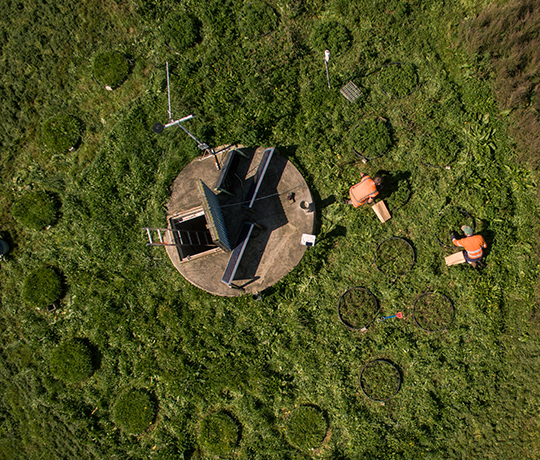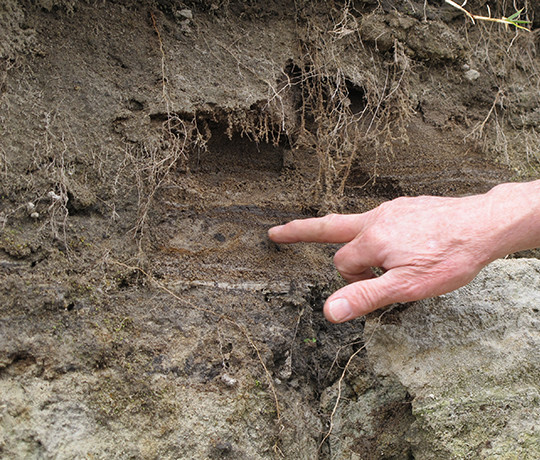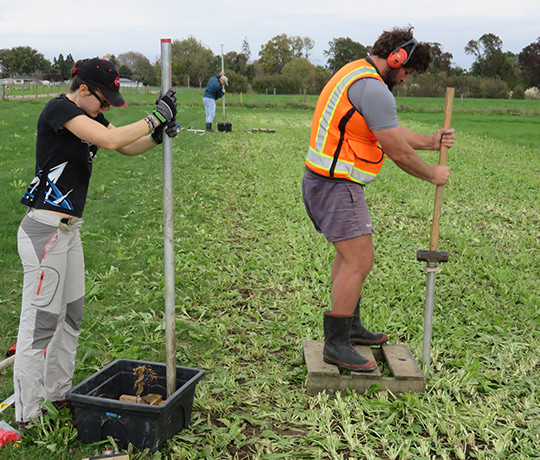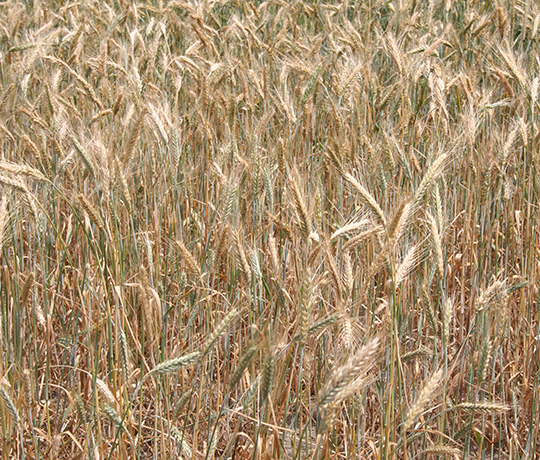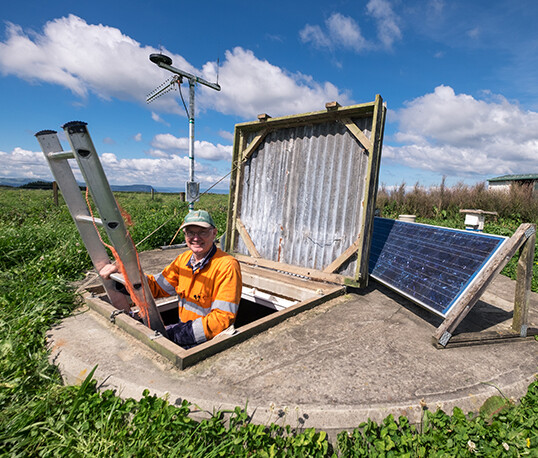Soil survey
- Home
- » Topics
- » Soil survey
Soil surveys have been carried out by Manaaki Whenua – Landcare Research and its predecessor organisations since the early 1930s.
Find out why soil surveys are being done, what actually happens during surveys, and what kind of products they generate.
Why and how we do soil surveys, and what do the outcomes of a soil survey look like?
Soil survey or soil ‘mapping’ is the systematic examination, description, classification, and mapping of soils in a given area. Soils are dynamic natural bodies, and they are surprisingly diverse!
A soil survey enables us to capture this diversity, analyse the relationship of soils with their environment, and understand their distribution in the landscape.
This section provides an overview of ongoing and upcoming soil surveys in New Zealand.
General soil surveys of 1: 253,440 scale (4 miles to 1 inch) have been published for both the North Island (1954) and the South Island (1968). While these provide full coverage across the entire country, the small scale restricts their use to broad planning aspects.
For most applications today, soil surveys are performed at a nominal scale of approx. 1:50,000. While this scale is more appropriate for decision-making at local and regional levels, not all of the country has yet been assessed in that manner. As of August 2021, S-map coverage stood at 37.1%, and covering more than two-thirds (67.7%) of New Zealand’s multiple use land.
Endeavours to increase coverage are in full swing across multiple regions.
Understanding scale is vital for interpreting soil maps.
Soil surveys are conducted at various scales, depending on the purpose of mapping: from paddock/farm-scale (1:500 to 1:20,000) to catchment/regional (1:20,000 to 1:100,000) to strategic overview & broad planning maps (1:100,000 to 1:250,000).
The level of spatial detail therefore determines the optimal spatial scale at which the map should be used.
Learn more about the steps being made towards a nationally consistent soil mapping approach.
Steps have been made in recent years towards establishing a New Zealand soil mapping protocol. The aim is to help New Zealand implement a nationally consistent approach to conduct soil mapping. It presents a framework and guidance to support the preparation of soil maps and supporting documentation, and to facilitate assessment of the soil map quality. It also provides guidance on the level of detail required for different applications.
New Zealand has a proud history of 100 years of soil mapping. The first soil maps in the early 20th century were in the form of soil texture observations across the landscape, annotated onto hand-drawn sketch maps or prints of the Geological Survey of New Zealand (NZGS).
